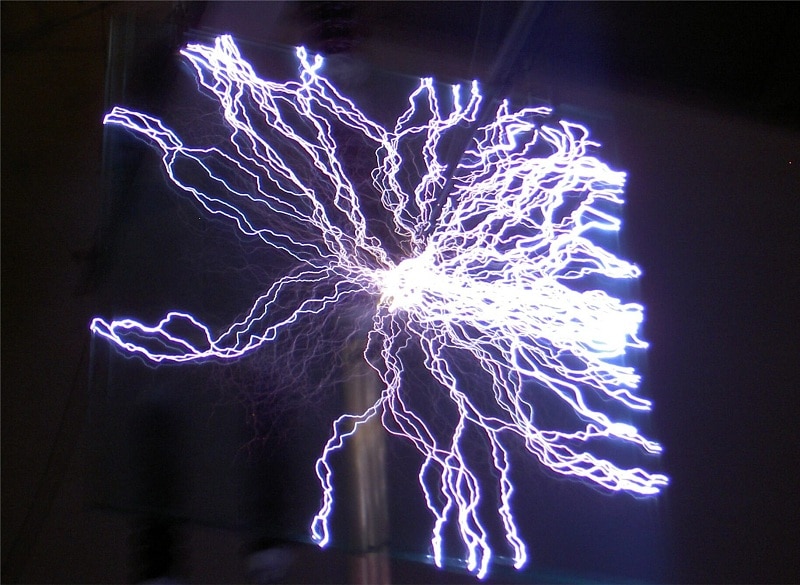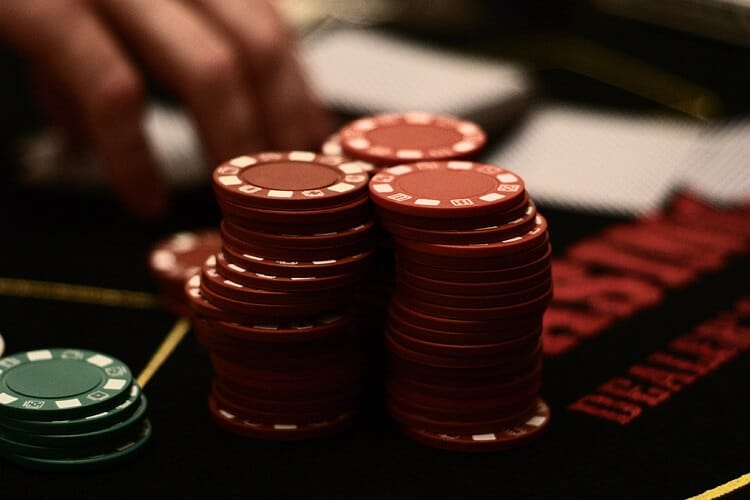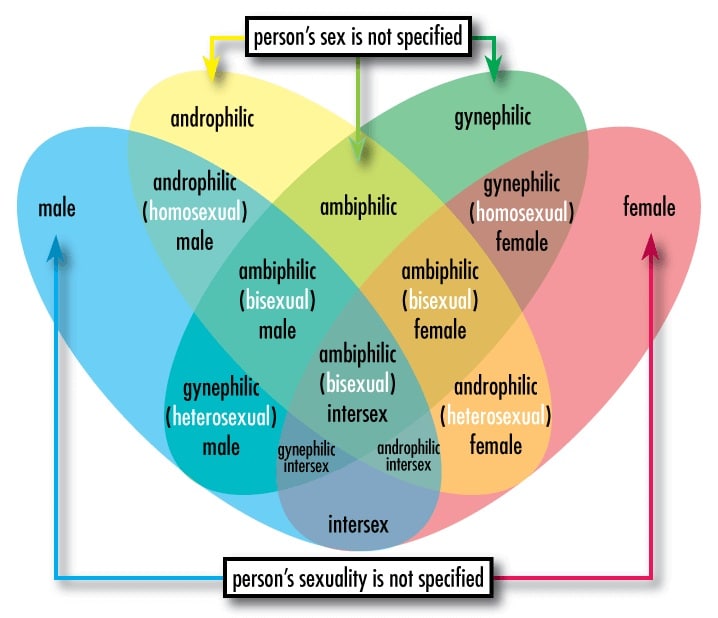Aversion therapy is a behavior therapy that determines patients to abandon an unwanted habit and is one of the most controversial practices in the 21st century’s psychology. Mental health professionals and the public rarely are indifferent when asked about aversive behavior therapy. Studies show promising results, but many ethics and medical specialists condone the cruel and trauma-inducing practices. Before going into what the most common practices and their effects are, here are some basic notions that are strongly related to this type of therapy:
What Is Behavioral Therapy?
Behavioral therapy is formed of 3 main branches: Applied behaviors, cognitive behaviors, and social learning. This therapy is based on activity and seeks positive changes in patients. The most common treatments are meant to help addictions, anxiety issues, phobias, and other disorders. Behavioral therapy techniques all have the theory that learned behaviors can be unlearned as a basis. A behavioral therapist shows interest in the patient’s history since finding the origin of the habit is crucial but focuses more on correcting the present behavior.

So what is behavior therapy, in short? It’s a set of guidelines for therapy that aims to alter a patient’s habits. Behavioral therapy techniques can generally be classified into 2 principles:
Classical Conditioning:
- Flooding therapy;
- Systematic desensitization;
- Aversion therapy.
Operant Conditioning:
- Token economy;
- Contingency management;
- Modeling;
- Extinction.
Definition of Aversion
By its common definition, aversion is a feeling of dislike towards something or a strong will to not do something. This can mean anything from disliking romantic comedies or hating to take calls from salespeople to refusing to quit a certain habit or obsession. In psychology and behavior therapy, aversion refers to an emotional or physiological reaction to a set of stimuli which imply the subject needs to abstain from a certain object, situation, or substance.

What Is Aversion Therapy?
Aversion therapy is a type of behavior therapy that works on a subconscious level to eliminate compulsive or self-injurious behaviors and addiction. This is done by exposing the patient to obstructing stimuli whenever said behavior is replicated. Practices can involve milder or higher intensities of electric shocks, placing safe substances with off-putting taste on areas that patients tend to chew on – like nails.
The Different Stimuli: Aversion Therapy Examples
An aversive stimulus is any form of stimulus that is introduced to a patient in an attempt to suppress or change an undesirable behavior. Exposure to the said stimulus will cause the patient to feel some level of discomfort, thus, associating such aversive stimulus to that unpleasant experience.
As stated, an aversive stimulus can take on many forms. Below are the different types used in Aversion Therapy.
Olfactory/Gustatory Stimuli
The least used aversive stimuli refer to smell and taste. Olfactory and gustatory aversion therapy uses repulsive smelling and tasting substances when the patient is conducting an undesirable behavior. A bitter but harmless substance can be applied on a nail biter’s fingers is a form of gustatory aversive therapy that has been practiced for hundreds of years.
Chemical Stimuli
Substances that cause nausea and other unpleasant side effects when consuming alcohol, chewing nails, or licking and biting lips can be effective. Their effects last between less than a minute and up to a few hours and usually decrease in intensity a few minutes after showing the unwanted behavior.
Antabuse medicine is a specific type of chemical stimuli that may cause severe discomfort, particularly when taken with an alcoholic beverage. Thus, making it a common aversive stimulus to address alcohol abuse.
Although a modern practice, chemical aversive therapy can have violent and severe negative effects on our bodies. Another disadvantage is the low control a behavior therapist has on dosage and administration of the chemical stimulus treatment.
Electric Stimuli

The oldest and most known form of aversive therapy, electric shock treatment has been used to treat behaviors, conditions, and tendencies for hundreds of years. Also, the most controversial aversion therapy method, electric aversion treatment uses a device to shock the patient every time they engage in negative behaviors. Counter-intuitive, electric therapy actually presents fewer adverse side effects or complications since it is conducted in a medical facility under professional care, is easier to apply, and is less expensive than other therapy methods.
Covert Sensitization
Also known as verbal aversion therapy. Unlike the previous examples, this technique depends solely on the patient’s imagination to create unpleasant stimuli. The procedure primarily involves creating aversive images or scenes that can effectively modify patient’s behavior.
History of Aversive Therapy
Rudimentary forms of aversive therapy have been practiced for hundreds of years – like parents dipping their children’s fingers in harmless but bad-tasting substances to force them to stop sucking their fingers.
This type of therapy invaded the medical world in the 1930s as a means for doctors to cure alcoholism. The technique quickly spread and has been administered to patients with a wide array of mental illnesses. In the 1950s, psychoanalyst Dr. Sando Rado suggested homosexuality is unnatural and can be traced back to childhood traumas. He proposed aversion therapy as a method to “treat” homosexuality and reintegrate patients as heterosexuals to society.
Initially drug-based, the treatment process quickly incorporated injecting substances that produce negative body reactions. Patients were forced to watch key images and movies while reacting to the drugs. Because of drug resistance, doctors finally introduced electric shock therapy to their practice. Aversive therapy sessions were also used to cure other sexual preferences or fetishes that were considered unnatural, inappropriate, or amiss by doctors. Fatalities were not uncommon during these sessions; The medical world considers this method the most disturbing and damaging (homo)sexuality treatment.

Aversion Therapy Debate: Advantages & Disadvantages
Aversive therapy is widely discussed and debated among mental health professionals. Close relatives of patients who underwent aversive therapy and the large public also have strong opinions when talking about aversive behavioral therapy.
Advantages |
Disadvantages |
|
|
What can Aversion Therapy Treat?
In the 21st century, aversive therapy still uses electrical stimuli – but in a much more controlled environment – together with chemical and olfactory or gustatory stimuli. These methods are used to treat addictions, compulsive behaviors, or autism. This method is still used for sex offenders but focuses on physiological changes that influence behaviors, not on physical negative stimuli.
For the rest of the patients, visible results require about a month of bi-weekly sessions or permanent treatment when talking about chemical or olfactory aversive therapies.
Treating Addictions with Aversion Therapy
- Alcohol addiction: An acetaldehyde dehydrogenase inhibitor called Disulfiram or Antabuse, responsible for alcohol metabolism, is used as medication. This provokes a violent reaction that associates this chemical dependence with an unpleasant experience. The active substance of aversion alcoholism therapy causes nausea, vomiting, irregular heartbeat, headaches, flushing sensations, short breaths, or dizziness. Behavior therapists acclaim this method and declare that patients who were not able to remain sober for a few days were sober months after treatment.

- Smoking tobacco: 5 days of electric aversion sessions have been successful in helping patients quit smoking. A study among the same patients that took place 15 months after these trials have shown many patients were still smoke-free.
- Smoking marijuana: About 85% of the chronic marijuana consumers still were smoke-free 15 months after electric treatment.
- Gambling: Classical conditioning behavioral therapy practices are often used to eliminate gambling addiction and the unhealthy behaviors that come with it.
Treating Compulsive Habits through Aversion Therapy
- Onychophagy or onychophagia (nail biting): Electric stimuli and bitter substances on nails have proven themselves effective in 80% of the cases after a 3-month trial.
- Trichotillomania (hair-pulling disorder): Not enough research is available at the moment for patients with this disorder that have undergone electric aversion therapy, but brief information hints towards promising results.
- OCD (Obsessive Compulsive Disorder): Individual studies have shown that pairing a short electric stimulus with an undesired habit or behavior can be successful for OCD patients. However, milder and less intrusive methods can be successfully applied.
- Compulsive eating & binge eating disorders: Electric, chemical, olfactory, or gustatory stimuli can be applied to patients who tend to overeat even though not hungry and cannot stop, anorexia, or bulimic sufferers.

Treating Autism with Aversion Therapy
One of the most debated treatment methods for patients with autism, aversive conditioning uses electric shocks to treat harmful adaptive behaviors. It’s used as a last-resort practice to treat behaviors that can endanger the patients themselves and those close to them or prohibit patients from having a normal life.
Even though some parents and professionals declared themselves against this method and consider it aggressive and cruel, other specialists and close relatives of patients stand behind this method and applaud its efficiency.
Treating Sexual, Identity Issues & Deviant Behavior with Aversion Therapy
- Pedophilia & other types of bizarre sexual behaviors: All types of stimuli can be used in the extensive treatment of these disorders and behaviors. The efficiency and extent to which these can help in some cases are still highly debated.
- Violence: Studies show promising results among violent patients that have been subjected to aversive therapy. However, the long-term implications for patients can be severe if therapy is not applied correctly.
- Crossdressing & atypical sexual identity behaviors: Results of studies on this specific matter are also inconclusive. Scientists are not yet sure if patients only suffer or also benefit from aversive behavioral therapy.

Aversion Therapy Costs
Therapy procedures for aversion can be expensive – especially when they require medical supervision. Extensive treatments like those in hospitals and special treatment settings can reach up to $220,000 yearly. These include alcohol and drug addiction or electric therapy facilities.
Adverse Reactions to Aversion Therapy
Apart from the intended purposes of aversive practices, this type of therapy can cause learned helplessness. A psychology therapist might define this as a condition or behavior that can be observed in patients who have been subjected to the extensive pain they were unable to avoid. The mental processes for escaping and avoidance seem to stop functioning when the patients realize they have no control and cannot escape the pain.
This can result in related mental illnesses and conditions or deficits in abilities and functions:
- Traumatic stress;
- Clinical depression;
- Disruptive emotions: Patients become passive or aggressive;
- Cognitive tasks difficulties: Problem-solving or other abilities can be affected;
- Neglecting diet, exercise, medical treatment, or directions.
Social and academic or professional lives can also be affected by aversive therapy through learned helplessness. These are some of its most visible consequences:
- The general lack of motivation that comes with learned helplessness is most visible in the classroom. Children who experience failure repeatedly have difficulties in improving their self-esteem and performance.
- Developing a victimized mentality can occur in patients who frequently come into contact with uncomfortable, painful, or traumatizing situations like electric shock treatment. This generates stress and self-loathing, which can lead to a series of maladaptive behaviors like avoiding social interactions altogether.
- A passive attitude towards social situations can be observed in some patients who were shy or anxious before intrusive behavioral treatments.
- Child abuse and neglect can be encountered in parents with learned helplessness.
- Neglecting health, hygiene, medication, finances, or other important aspects can be a manifestation of helplessness in young and aging adults. These are usually triggered by deaths of friends and family members, health problems, job loss and financial issues, or other major events.
How effective is aversion therapy?
While there is a continuing debate about the sufficiency of the evidence that can prove the effectiveness of aversion therapy, it all comes down to the following factors:
- The context. Patients may respond positively when placed in a controlled environment such as a clinic. However, the same response may or may not be the same when the therapy is done outside such environment.
- The specific aversive stimuli used during the treatment would also influence the result of the therapy.
- Whether or not the patient continues to practice relapse prevention after treatment is also a contributing factor to the overall effectiveness of the therapy.
- The target behavior would also matter as aversive therapy is said to be more effective when used with some behaviors than it is with others.
Why is aversion therapy controversial?
The criticisms on aversion therapy are grounded for various reasons.
For one, the different techniques or procedures used during the therapy are viewed by many as unethical–particularly the use of electric shocks–as the procedure is often associated with torture.
The use of electric shock and certain chemical stimuli may pose some risk to individuals with underlying health conditions.
The use of aversion therapy in conversion therapy is also highly questionable. The latter is supposedly meant to “treat” or correct a person’s sexual orientation through different interventions. Many patients who have undergone aversion therapy claim to have been traumatized by the procedure and the experience resulted in severe depression.
Aversion therapy is so focused on correcting the patient’s behavior that it tends to overlook other possible causes of the said behavior such as mental disorder and other psychological factors.
Overall, the effectiveness of aversion therapy is still debatable. There is a lack of scientific evidence that can support such claim and many of its existing research show mixed results.
Scientific Resources
- Behavior Research and Therapy, Volume 10, Issue 4, November 1972 by R. Hallam & S. Rachman;
- Conditioned Emotional Reactions, the Journal of Experimental Psychology, Watson, J.B. & Reyner, R.;
- A comparison of aversion therapies for nail biting behavior, Vargas, Behavior Therapy, Volume 7, John M. & Adesso, Vincent J.;
- Faradic disruption of obsessive ideation in the treatment of obsessive neurosis: A controlled study, Frank T. Kenny, R. M. Mowbray, & S. Lalani.
